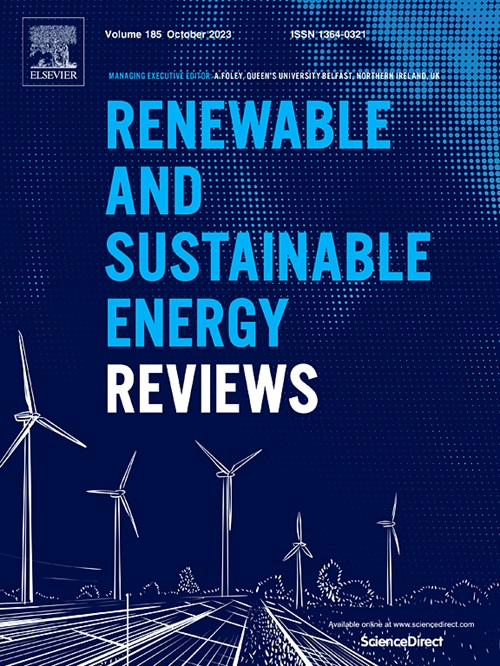Shining a light on Solar Chemicals and Fuels: Findings from a SWOT-led (Strengths, Weaknesses, Opportunities, and Threats) literature review and workshop
IF 16.3
1区 工程技术
Q1 ENERGY & FUELS
引用次数: 0
Abstract
Solar chemicals and fuels (SCF) show enormous potential and can offer solutions to renewable energy intermittency and storage while reducing industrial CO2 emissions. Yet many challenges remain. SCF advocates face formidable obstacles, which include coordination across the different technological pathways and information dissemination, prohibitive costs, raw materials scarcity, or lengthy development timelines. Our study, then, offers a deeper and more critical understanding of these challenges through a systematic review that discusses the key Strengths, Weaknesses, Opportunities, and Threats threatening or supporting the development of a SCF market. NVivo software was employed to produce this comprehensive SWOT analysis, which was further complemented with a workshop that validated the data and offers a valuable resource for future strategic planning. Results indicate that while technological immaturity remains a major obstacle, a primary strength lies in SCF technologies' suitability for decentralized deployment and specialized applications. Insights from the literature and our workshop participants highlight SCF's potential for energy integration, alongside the critical need for targeted regulation, education, and training within a cohesive policy framework. Our conclusions also emphasize the value of SWOT analysis and workshops in generating insights to help stakeholders address research gaps, foster collaboration, and secure funding to drive future developments.

求助全文
约1分钟内获得全文
求助全文
来源期刊

Renewable and Sustainable Energy Reviews
工程技术-能源与燃料
CiteScore
31.20
自引率
5.70%
发文量
1055
审稿时长
62 days
期刊介绍:
The mission of Renewable and Sustainable Energy Reviews is to disseminate the most compelling and pertinent critical insights in renewable and sustainable energy, fostering collaboration among the research community, private sector, and policy and decision makers. The journal aims to exchange challenges, solutions, innovative concepts, and technologies, contributing to sustainable development, the transition to a low-carbon future, and the attainment of emissions targets outlined by the United Nations Framework Convention on Climate Change.
Renewable and Sustainable Energy Reviews publishes a diverse range of content, including review papers, original research, case studies, and analyses of new technologies, all featuring a substantial review component such as critique, comparison, or analysis. Introducing a distinctive paper type, Expert Insights, the journal presents commissioned mini-reviews authored by field leaders, addressing topics of significant interest. Case studies undergo consideration only if they showcase the work's applicability to other regions or contribute valuable insights to the broader field of renewable and sustainable energy. Notably, a bibliographic or literature review lacking critical analysis is deemed unsuitable for publication.
 求助内容:
求助内容: 应助结果提醒方式:
应助结果提醒方式:


